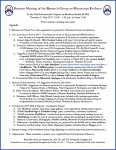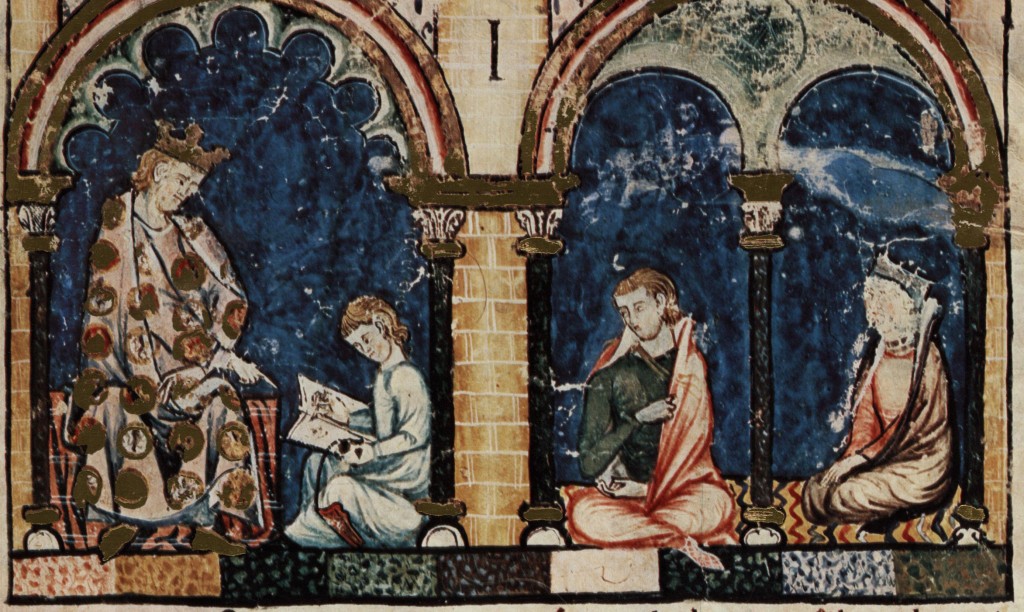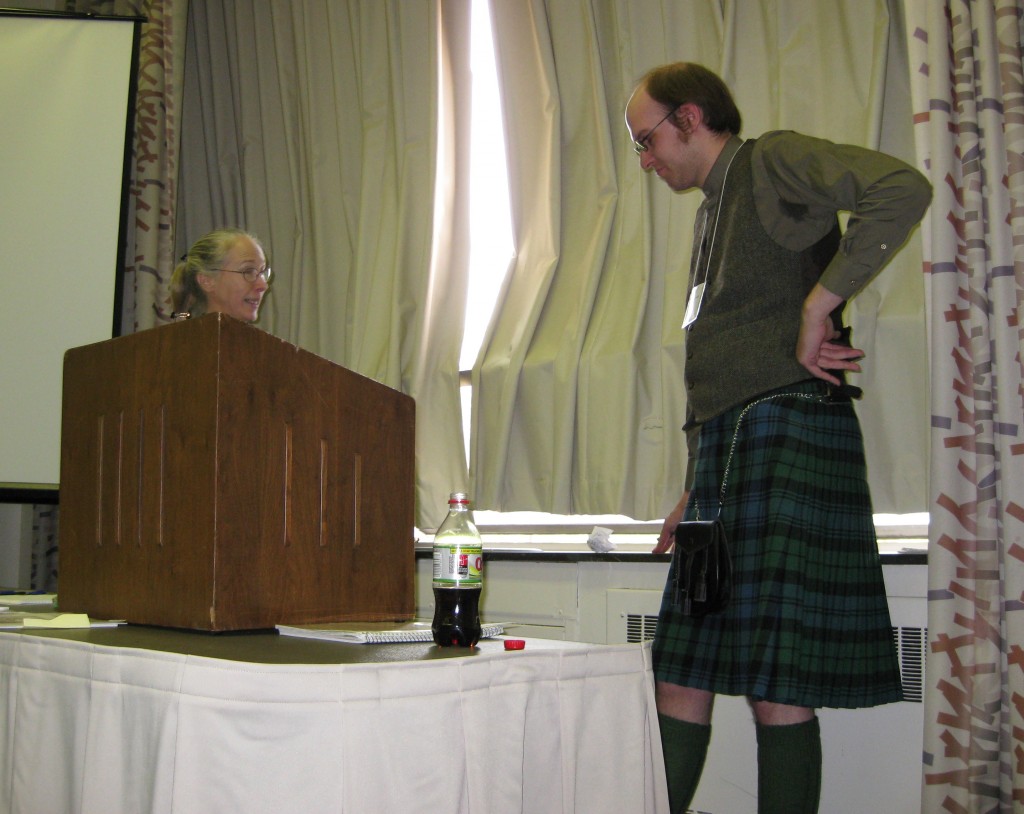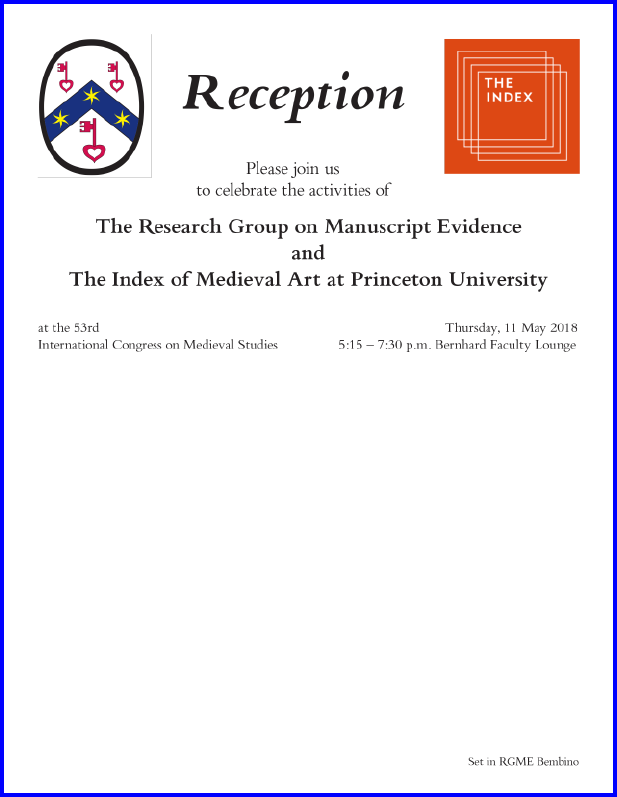2018 International Congress on Medieval Studies Program
November 26, 2017 in Abstracts of Conference Papers, Announcements, Conference, Conference Announcement, Index of Medieval Art, International Congress on Medieval Studies, Kalamazoo, Uncategorized
Sessions & Events
Sponsored and Co-Sponsored
by the Research Group on Manuscript Evidence
at the 53rd International Congress on Medieval Studies
10–13 May 2018
[Published on 26 November 2017, with updates]
With the completion of our Call for Papers for the 2018 Congress, we prepared the Programs for our Sessions and other Events (Reception and Open Business Meeting included). With the turn of the New Year, as customary, we began to post the Abstracts of Papers and Response, as their Authors permit.
Now, with the publication of the full Congress Program in a “sneak preview” at the beginning of February, the allocated times and locations become known. Also, more Abstracts join our Announcement here.
Background and Foreground
The course of announcements and reports about the 2018 Congress may follow the sequence of previous years. For example, for the 2017 Congress, we announced the Plans and the Call for Papers (which has a deadline of 15 September), the Program (once the Sessions are designed from the responses to the Call for Papers), then an updated version or versions of the Program with the addition of the Abstracts and other news (same URL), and, once the Congress is accomplished, a Report as well as, it may be, a Report Behind the Scenes.
- 2017 Congress Call for Papers
- 2017 Congress Program
- 2017 Congress Report
- 2017 Congress Behind the Scenes Report (in preparation).
*****
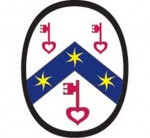 As in recent years, we co-sponsor Sessions with the Societas Magica (3 Sessions), and we co-sponsor a Reception.
As in recent years, we co-sponsor Sessions with the Societas Magica (3 Sessions), and we co-sponsor a Reception.
Also, like the 2017 Congress, we plan for
- an Open Business Meeting and
- a Reception, co-sponsored with The Index of Medieval Art at Princeton University.
It will be the 13th year of our co-sponsorship with the Societas Magica, and our 3rd year of co-sponsorship with the Index of Christian Art at Princeton University, now (since 2017) known as the Index of Medieval Art at Princeton University.
As usual, we aim to publish the Abstracts for the accepted Papers as the preparations for the Congress advance. Abstracts for previous Congresses appear in the Congress Abstracts, listed by Year and by Author.]
Background and Foreground
Glimpses of our co-sponsored Receptions at the Congress appear in the souvenirs of our Celebrations and in the Reports for the individual Congresses (2016, 2015, and 2014 Anniversary).
The Agendas for our Open Business Meetings are available for your inspection and perusal.
These 1-page statements serve as concise Reports for our Activities, Plans, and Desiderata.
While we’re here: Interesting, isn’t it, that these Agendas have rapidly become one of our Most-Downloaded Offerings? Some of them now stand among the Top 5 Most Popular Downloads on our site.
The most popular downloads still remain our copyright and FREE multilingual digital font Bembino, and some Booklets from our Symposia and Colloquia. So far, those “best sellers” — they are FREE — include:
- Words & Deeds (from our 2016 Symposium)
- When the Dust Has Settled (from our 2014 Colloquium)
- Predicting the Past (from one of our 2015 Congress Sessions).
These publications, like most of our Publications, are FREE, but we welcome donations, both in funds and in kind, for our nonprofit mission, also with the option of tax-deduction for your Donations.
*****
And now, here is the plan for 2018 at the International Congress on Medieval Studies. We announce the Programs for our Sessions, describe their aims and scope, and outline our other Events.
Customarily, we publish the Abstracts for the Papers and Responses, if the Authors wish.
Sessions for the 2018 Congress
 I. Sponsored by the Research Group on Manuscript Evidence
I. Sponsored by the Research Group on Manuscript Evidence
1. Manuscript (Trans)formations: Transmission and Reception
Session 176
Friday 11 May at 10:00 – 11:30 a.m.
Schneider 1125
This session will consider how manuscripts and their contents have changed over time, by focusing on transmission and reception history, so as to understand better how the material witnesses to these processes — including copying, scholia, glosses, marginalia, excisions, palimpsests — convey meaning. Guiding research questions include but are no means limited to, these issues:
- How have transmission processes affected texts (and vice versa)?
- How have the actions of readers and scribes contributed to the form in which manuscripts are currently preserved?
- How are the history of ideas and texts related, as attested by extant manuscripts from the Middle Ages?
The session aims to provide a clearer understanding of the processes through which texts have been transmitted and preserved through and within manuscripts, resulting in a more dynamic conception of how material texts interact with the world. Examples might offer new discoveries and applicable methodologies.
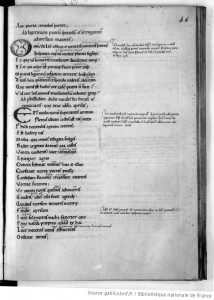
Paris, BnF, MS latin 17987, folio 46 recto. Horaces ‘Odes’ (Carmina), Book IV.10-11 with commentary. Via gallica.bnf through Creative Commons.
Co-organizers
Derek Shank (Research Group on Manuscript Evidence)
Justin Hastings English Department, Loyola University Chicago)
Presider
Derek Shank
Presenters
Justin Hastings
“Allegoresis, Source-Text, and Paratextual Distortions:
Horace’s Ode 4.10 in Paris, Bibliothèque nationale de France, MS Latin 17897″
Abstract of Paper
Rachael McNelis (Case Western Reserve University)
Title in Congress Program:
“A Labyrinthine Puzzle:
Musical, Textual, and Visual Discourse in En la maison Dedalus”
Revised Title:
“Traversing the Labyrinth in Song:
Textual, Musical, and Visual Discourse in En la maison Dedalus”
Abstract of Paper
Jaclyn Reed (Western University, London, Ontario)
“Fashioning an Aristocratic Identity for Posterity:
Anne Clifford and the Rhetoric of Clothing”
Abstract of Paper
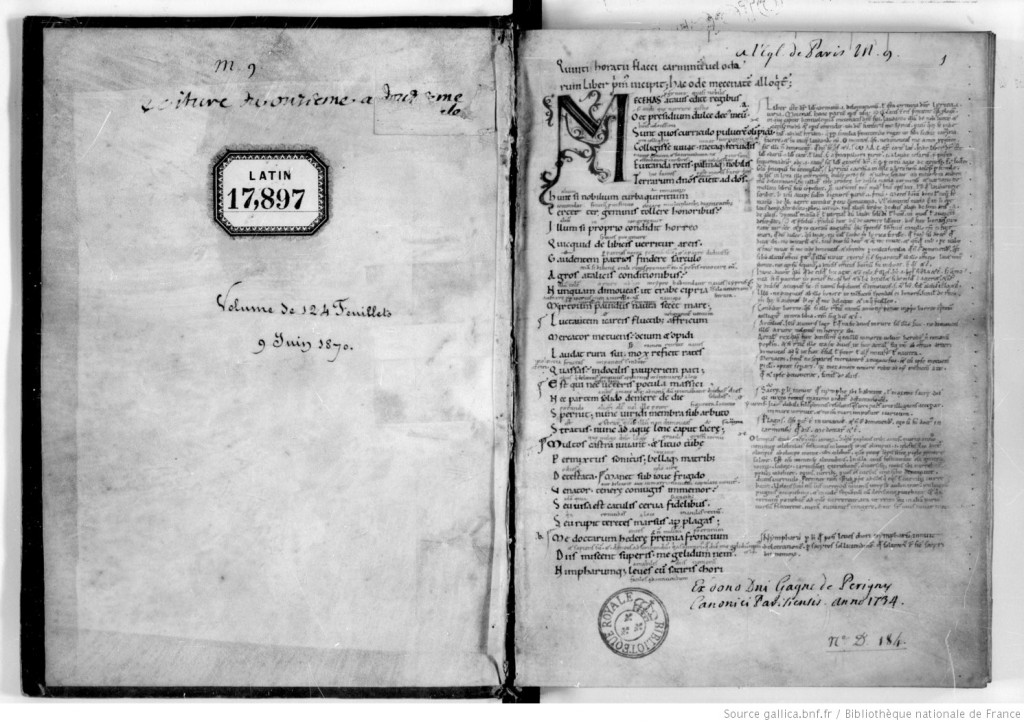
Paris, BnF, MS latin 17987, first opening with front endleaf and folio 1 recto. Ownership marks and first page of Horace’s ‘Carmina’, with commentary. Via gallica.bnf through Creative Commons.
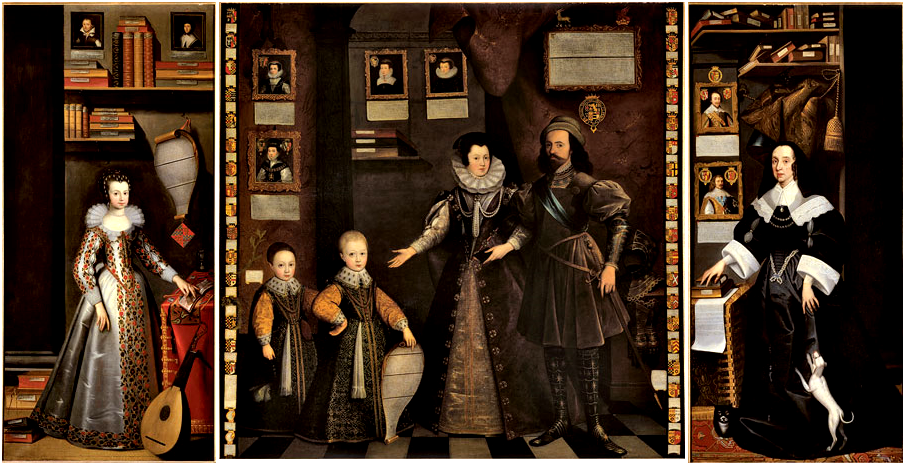
‘The Great Picture’, commissioned in 1646 by Lady Anne Clifford, 14th Baroness de Clifford, Countess Dowager of Dorset, Pembroke and Montgomery (1590-1676). Kendal, Cumbria, Abbot Hall Art Gallery, Kendal. Image in the Public Domain, via Wikipedia Commons.
*****
2. Alfonso X’s Libro de los juegos: Big Results from Small Data
Session 318
Friday 11 May at 3:30 – 5:00 p.m.
Bernhard 204
Alfonso X, “the Wise,” of Castile was a polymath himself, and sponsored many more across the various communities of Iberia. His court was the political center of Castile, at least until the rethinking of law and politics he promulgated in the Siete Partidas combined with his (invited) Ghibelline bid for the Holy Roman Emperorship to provoke a civil war in his realms, led by his second son Sancho IV.
![Seal of Alfonso X of Castile. As reproduced by Otto Posse (1847-1921) [Public domain], via Wikimedia Commons.](https://manuscriptevidence.org/wpme/wp-content/uploads/2017/07/Alfonso_X_of_Castile.jpg)
Seal of Alfonso X of Castile. As reproduced by Otto Posse (1847-1921) [Public domain], via Wikimedia Commons.
In spite of a facsimile from the late 1980s (ISBN 84-85935-28-4), this book has until recently garnered very little attention, particularly attention that considered it beyond the domains of chess and gaming, and art history. With Sonja Musser Golladay’s 2007 dissertation and Olivia Remie Constable’s article of the same year, however, and more recent studies, analysis of the book and its context have begun to contribute to our understanding of many other aspects of the 13th century, due to its incredibly rich representation of layers of information, ranging from the portraits in its miniatures to the intertextual networks of translation in multiple domains.
In this era of “big data” and datamining, the Libro de los juegos offers a significant counter-case: one specific manuscript of only moderate length that provides insight into a multiple domains. It is “small data,” but data so rich that it produces “big results” when placed in productive tension across domains and disciplines. It is a book that lends itself to interdisciplinary conversation, and to conversations that trace its contents and its effects over time, as part of a particular corpus and part of a concrete library. The purpose of this session is to encourage a lively interdisciplinary discussion of its texts, images, and the physical book from a variety of domains, perspectives, and methods in order to address a broad array of questions both related to and beyond its explicit topic, games and aristocratic leisure, and, as such, welcomes participants from all quarters interested in cross-disciplinary analysis and discussion of the Libro de los juegos.
Organizer
Linde M. Brocato (University of Memphis)
Presider
Mildred Budny (Research Group on Manuscript Evidence)
Presenters
Lola Bollo–Pandero (Colby College, Waterville, Maine)
“El Libro de los juegos como reproducción y recreación de la visión política de Alfonso X”
Abstract of Paper in Spanish and in English Translation
Michael A. Conrad (Institute of Art History, University of Zürich, Switzerland)
“Prudence in Play: Alfonso X’s Libro de acedrex e tablas as a Theory of Decision-Making”
Abstract of Paper
Ulrich Schädler (Musée Suisse du Jeu, La Tour-de-Peilz; and University of Fribourg, Switzerland)
“Of Games, Man, and True Faith”
[Note: We have learned that Ulrich Schädler cannot attend the Congress, nor present his Paper.]
Respondent
Linde M. Brocato
” ‘The Most Dangerous Game’: The Libro de los juegos, the Castilian Royal Library, and Aristocratic (Non-)Leisure”
Abstract of Response
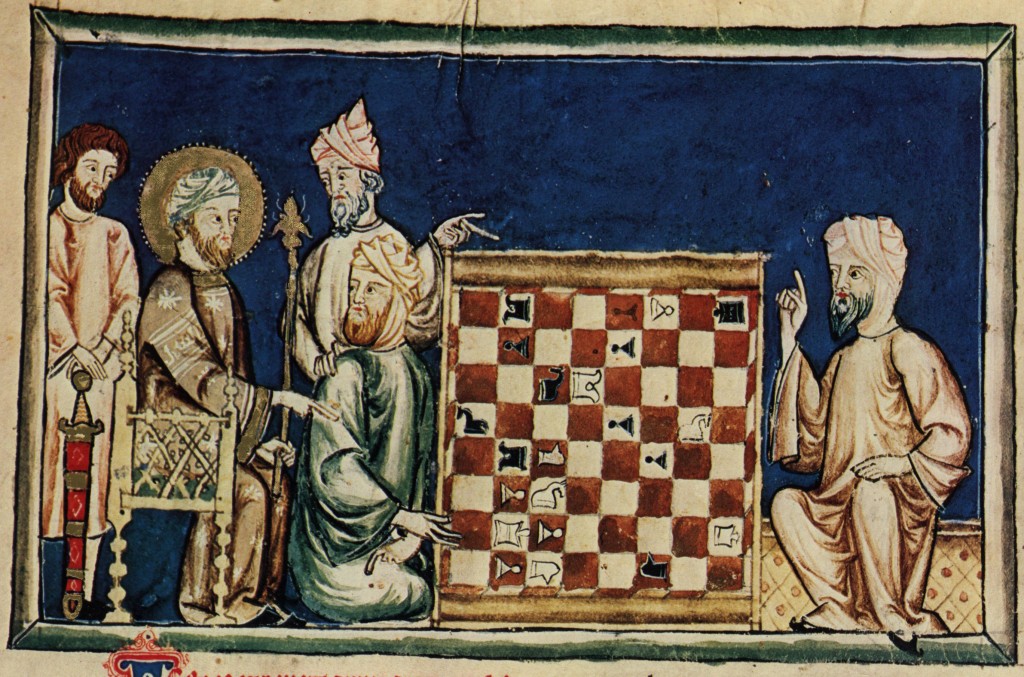
Libro de los juegos. Madrid, Real Biblioteca del Monasterio de El Escorial, MS T.1.6, folio 17 verso, detail.
Note: Our Session Organizer and Respondent will present a Paper of her own on this Subject at another Session at the Congress
Session 441 (Saturday, 1:30 – 3:00 p.m. at Bernhard 208)
Linde M. Brocato
” ‘The Most Dangerous Game’: The Libro de los juegos, the Royal Library, and Royal Repudiation”
*****
II. Co-Sponsored with the Societas Magica
3. Celtic Magic Texts
Session 127
Thursday 10 May at 3:30 – 5:00 p.m.
Bernhard 204
The medieval Insular Celtic cultures — particularly those of Ireland and Wales — have a variety of magical texts which survive, but often in literally marginal locations in manuscripts, or embedded within narratives and other literary contexts. While these are receiving increasing attention amongst the specialist audience of Insular Celticists, they are sadly unknown and relatively inaccessible to the wider academic attention of scholars of magic, as well as medieval academia generally. This session will feature the work of established and emerging scholars who are working on these primary sources and the issues raised by them, including how each of these cultures defines “magic,” specific issues in textual editing in the respective Insular Celtic languages, and particular themes and patterns observable in the content of these magical texts.
Organizer
Phillip A. Bernhardt-House (Skagit Valley College, Whidbey Island Campus, Oak Harbor, Washington)
Presider
Mildred Budny (Research Group on Manuscript Evidence)
Presenters
Phillip A. Bernhardt-House
“Christ and the Irish Gods:
Traces of Polytheism in Medieval Irish Magical Texts”
Abstract of Paper
Ilona Tuomi (Department of Early and Medieval Irish, University College Cork, Ireland)
” ‘Three Nuts Which Decay, Three Sinews Which Weave’
The Language of Magic in Medieval Ireland”
Abstract of Paper
Bridgette Slavin (Department of Interdisciplinary Studies, Medaille College, Buffalo, New York)
“Gendered Magic in Early Irish Texts”
Abstract of Paper
You may glimpse the “Saint Gall Incantations” here, on the verso of a single despoiled leaf (via www.e-codices.unifr.ch/, specifically at page 419). First the recto with an illustration of the Evangelist Matthew as a scribal author, then the verso with the charms in Old Irish, presumably added to an originally blank page on the back of the illustration, offering an available space for the record.
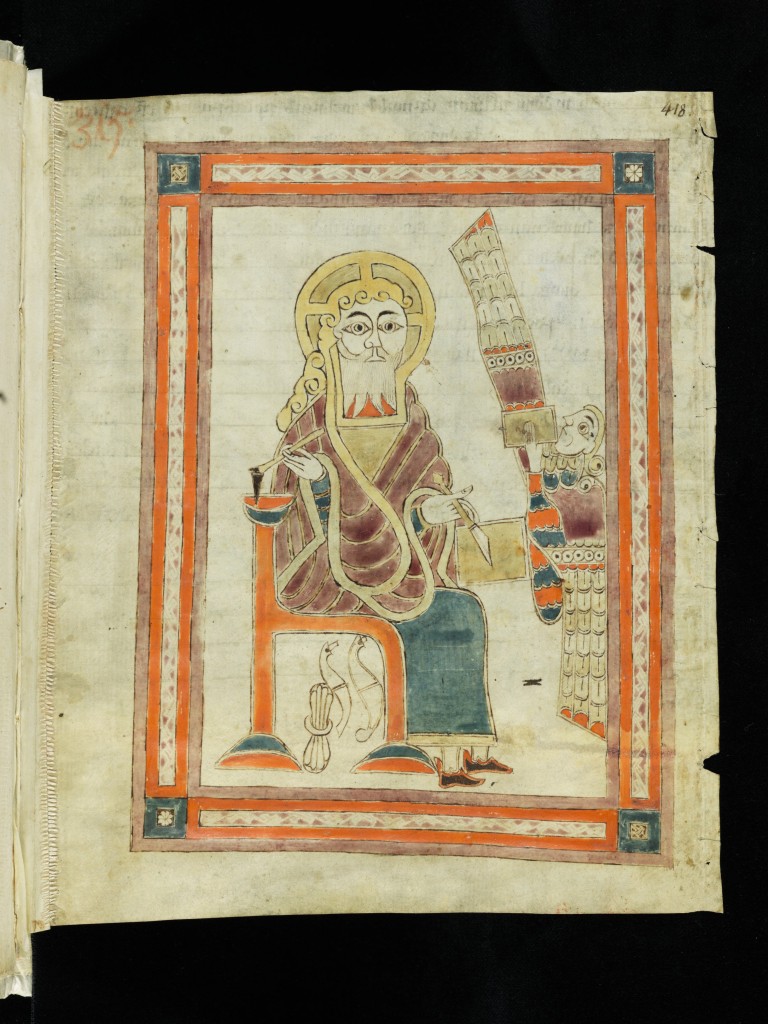
Saint Gall, Stiftsbibliothek, Cod. Sang. 1395, page 418 (https://www.e-codices.ch) = recto with a framed illustration of the scribal evangelist Matthew with his winged symbol, a Man. Via Creative Commons.
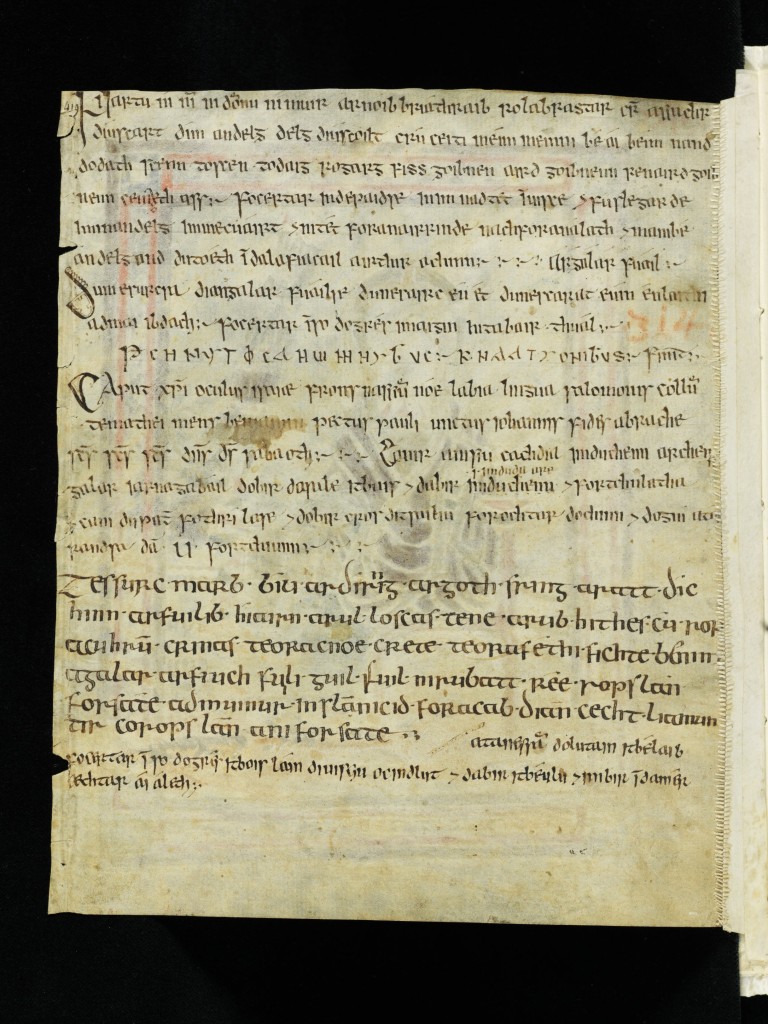
Saint Gall, Stiftsbibliothek, Cod. Sang. 1395, page 419 (https://www.e-codices.ch) = verso with the Saint Gall Incantations. Via Creative Commons.
*****
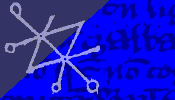 4–5. Occult Blockbusters of the Islamic World (I–II)
4–5. Occult Blockbusters of the Islamic World (I–II)
I. The Picatrix (A Magical Bestseller)
Session 439
Saturday 12 May at 1:30 – 3:00 p.m.
Bernhard 204
The Picatrix, as is well known, was without question historically the most popular of all Arabic occult-scientific manuals—but only in Latin Europe. The first session of this pair will focus on the Picatrix at the intersection of the Latin and Arabic worlds, featuring new research based on a forthcoming new critical edition of the latter and a new scholarly translation with commentary on the former.
Organizer
David Porreca (Department of Classical Studies, University of Waterloo, Canada)
Presider
Claire Fanger (Department of Religion, Rice University)
Presenters
Daniel Attrell (Department of Classical Studies, University of Waterloo, and The Modern Hermeticist)
“The Goal of the Sage: What’s It Take?”
David Porreca
“The Latin Picatrix:
A New English Translation, A New Assessment”
Liana Saif (Oriental Institute, University of Oxford)
“Pingree and Me:
Comprehending the World-View of Maslama al-Qurṭubī’s Ghāyat al-Ḥakīm”
II. Arabic and Persian
Session 491
Saturday 12 May at 3:30 – 5:00 p.m.
Bernhard 204
While the original Picatrix — in Arabic the Goal of the Sage (Ghāyat al-ḥakīm or غاية الحكيم) — was certainly long prized in the Islamicate world as well, however, other Arabic and Persian manuals came to far outstrip it in popularity and influence from the 12th century onward, and circulated over geographical areas equally vast. Due to persistent Eurocentrism, these occult blockbusters of the Islamicate world remain virtually unknown to the scholarship on medieval and early modern Western (Islamo-Judeo-Christianate) occultism. To help rectify this gross imbalance, the second session presents four Islamicate occult-scientific manuals, three in Arabic and one in Persian, that too enjoyed blockbuster status over centuries.
Organizer
Matthew Melvin–Koushki (Department of History, University of South Carolina)
Presider
Liana Saif (Oriental Institute, University of Oxford)
Presenters
Michael Noble (Warburg Institute, London)
“Fakhr al-Din al-Razi’s Hidden Secret and Islamic Occult Soteriology”
Emily Selove (University of Exeter)
“A Sorcerer’s Handbook: al-Sakkaki’s 13th-century Complete Book”
Nicholas G. Harris (Department of Religious Studies, University of Pennsylvania)
“‘If You Don’t Learn Alchemy, You’ll Learn Eloquence’:
The Golden Slivers by Ibn Arfa’ al-Ra’s”
Matthew Melvin–Koushki
“Kashifi’s Qasimian Secrets:
The Safavid Imperialization of a Timurid Manual of Magic”
Note: Glimpses online of Arabic manuscripts of the Picatrix appear, for example, here.
This session is announced also, for example, here.
*****
Open Business Meeting
Thursday 10 May 2018 at 12:00 – 1:00 p.m.
Fetzer 1125
Through a donation, Lunch will be provided. All are welcome.
The Agendas for our Open Business Meetings are available for your inspection and perusal. They outline our activities, aims, requests, and possibilities, with invitations for suggestions and contributions.
Reception
Thursday 10 May 2018 at 5:15 – 7:15 p.m.
Bernhard Faculty Lounge
As in recent years, the Reception is co-sponsored with The Index of Medieval Art at Princeton University.
This Reception has an Open Bar (not a Cash Bar). All are welcome.
*****
Please visit our Facebook Page for news and updates.
For our nonprofit educational mission, with tax-exempt status, Donations in Funds and in Kind (expertise, materials, time) are welcome.
Please Contact Us with your questions, suggestions, and offers to help our mission and activities.
*****

